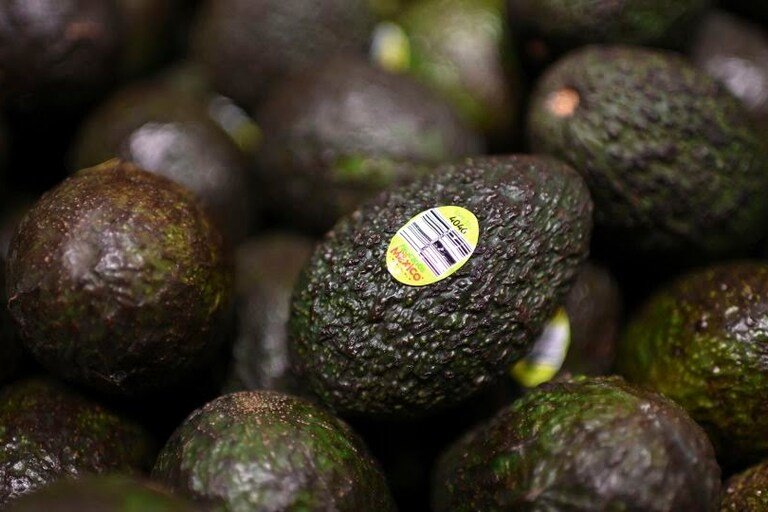As US President Donald Trump mulls imposing 25% duties on imports from Canada and Mexico on Feb. 1, focus has shifted to the sectors likely to bear the brunt of the tariffs.
About 28%, or about $844 billion, of all US imports in 2024 came from the two neighboring countries, data from the Census Bureau shows.
The automobile industry accounted for imports of more than $202 billion from Canada and Mexico combined.
“Japanese automakers like Toyota stand to gain the most so long as tariffs are applied to Canada and Mexico, as many of their imported parts come from Japan, or suppliers located in the US,” said Jason Miller, interim chair of the department of supply-chain management at Michigan State University’s business college.
Retailers have taken some preemptive steps to stave off increasing prices, including stockpiling goods and shifting production away from countries that could get hit by tariffs. But those measures may only protect consumers for so long. Additionally, many goods can’t feasibly be stockpiled or be produced elsewhere.
Here’s where a 25% tariff on Mexican and Canadian goods could hit Americans hardest:
Cars and car parts
The US imported $87 billion worth of motor vehicles and $64 billion worth of vehicle parts from Mexico last year, not accounting for December, the top two goods imported from there that year, according to Commerce Department data. (December trade data is not yet available.)
Motor vehicles were also the second-largest good the US imported from Canada last year through November, for a total of $34 billion.
The auto sector is likely “apoplectic” about the new potential tariffs, said Mary Lovely, a senior fellow at the Peterson Institute for International Economics. US car companies have been able to keep production costs down by hiring lower-wage workers, particularly in Mexico, where much of their production has shifted to in recent years.
But that cost saving will essentially be erased if there’s a 25% tariff, she said. Car manufacturers are unlikely to move their production elsewhere, given they’ve made sizable investments in existing plants in both countries and it is difficult to source all the raw materials to build cars and their parts from other places.
Gas
The US imported $97 billion worth of oil and gas from Canada last year, that country’s top export to the US. The US has become more reliant on Canadian oil since the expansion of Canada’s Trans Mountain pipeline, according to data from the US Energy Information Administration.
That has helped deliver more oil to be refined to much of the West Coast in addition to the Midwest.
When Trump initially floated the 25% tariffs in November, Patrick De Haan, head of petroleum analysis at GasBuddy, estimated it would hike the cost of gas for Americans by between 25 cents and 75 cents per gallon. That would most directly impact Americans located around the Great Lakes, Midwest and Rockies, he predicted.
Food and alcoholic beverages
Last year, the US imported $46 billion of agricultural products from Mexico, according to US Department of Agriculture data. That includes $8.3 billion worth of fresh vegetables, $5.9 billion of beer and $5 billion of distilled spirits.
Constellation Brands, which imports Modelo and Corona beer as well as Casa Noble tequila from Mexico, could see its costs leap 16% under Trump’s proposed tariff and would likely have to raise prices by about 4.5%, Chris Carey, a Wells Fargo equity analyst, said in a November note.
But the biggest category of agricultural imports from Mexico last year was fresh fruits, of which the US imported $9 billion worth, with avocados accounting for $3.1 billion of that total.
These products now all stand to cost consumers more, especially since grocers and farmers tend to operate on very low profit margin compared to other industries, giving them little leeway to absorb higher tariffs costs, and instead will pass it down to consumers, said Lovely.











